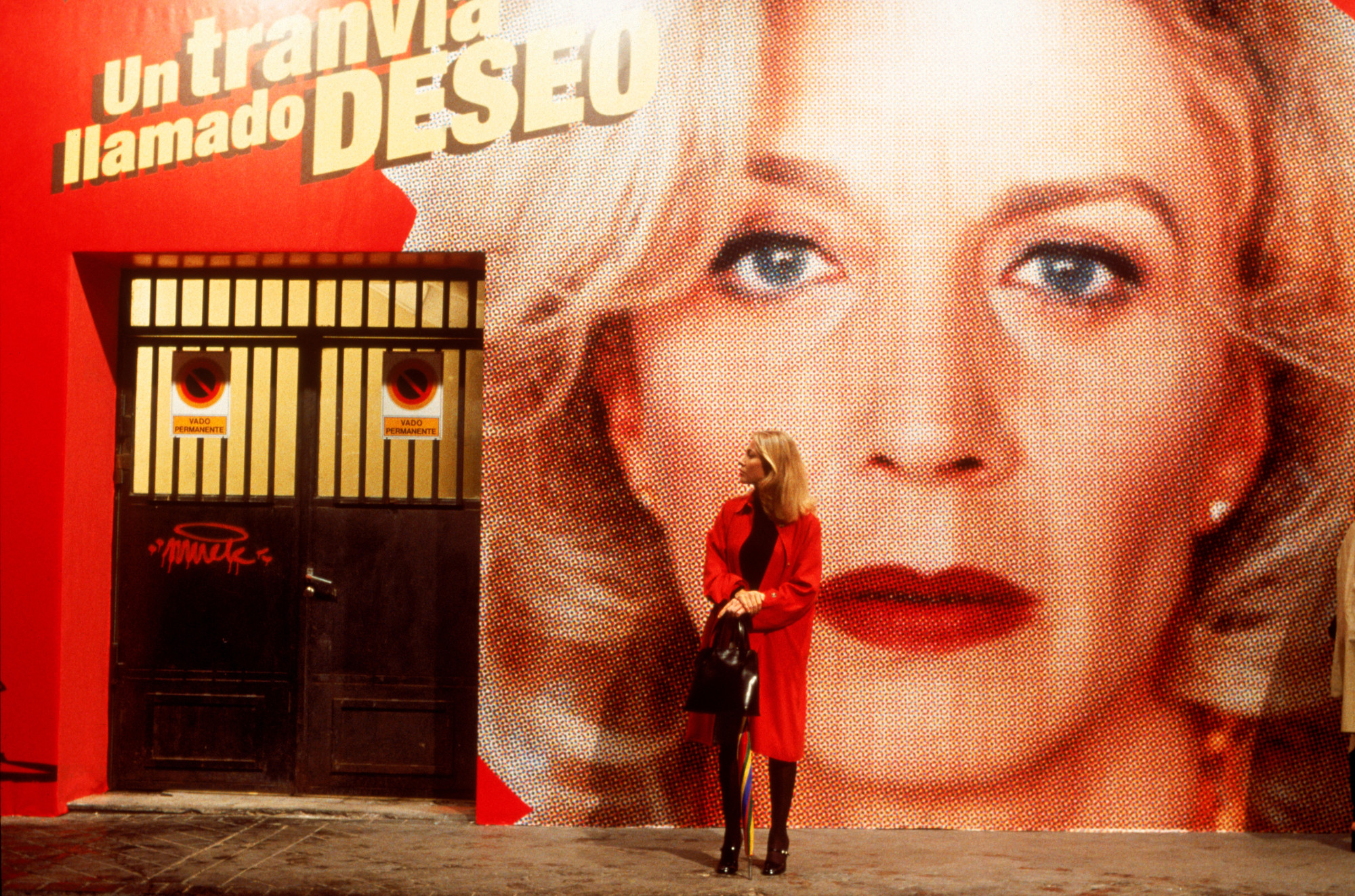Introduction
Motivated by the observation that, in Luxembourg as a whole, the number of streets named after women is far fewer than those named after men, the "Affichons l'égalité" gender equality initiative, launched by the Conseil national des femmes du Luxembourg (National Women's Council of Luxembourg), seeks to raise public and political awareness of the need to increase the visibility of deserving women in the public space.
As a staunch promoter of gender equality, the City is taking part in this project by giving eights streets honorary new names as a tribute to deserving women from various backgrounds. These trailblazers challenged gender stereotypes and helped reshape Luxembourg society. In Luxembourg City, 401 streets are named after men, but only 54 are named after women – a major disparity that the City plans to rectify in the coming years.
The streets chosen are all close to the Geesseknäppchen Campus in order to raise awareness among the students who often travel these streets on their way to school.
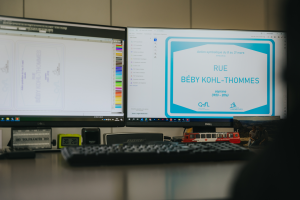
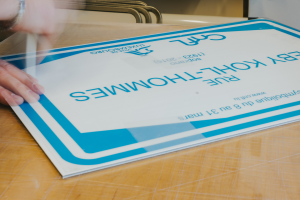

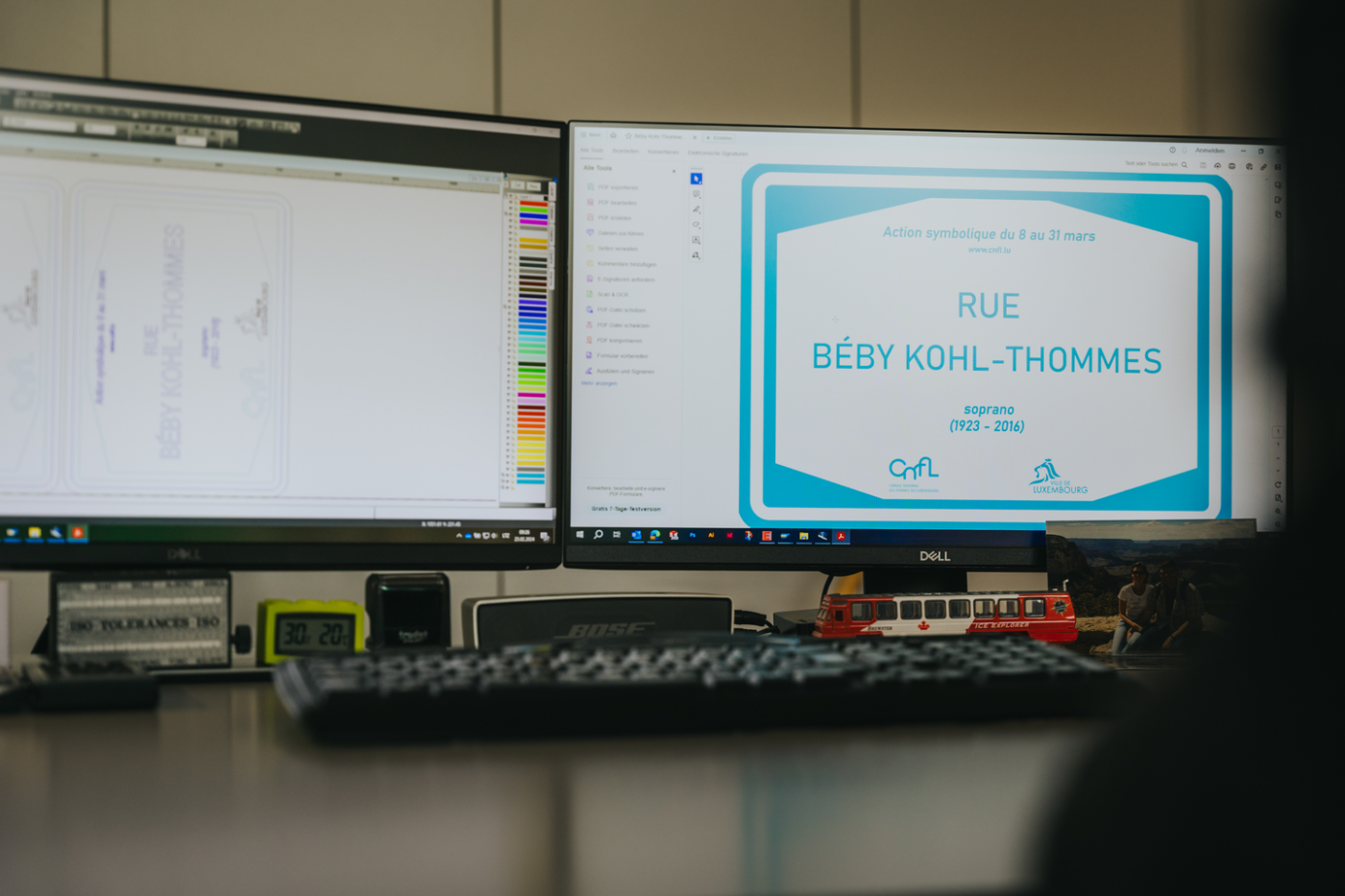
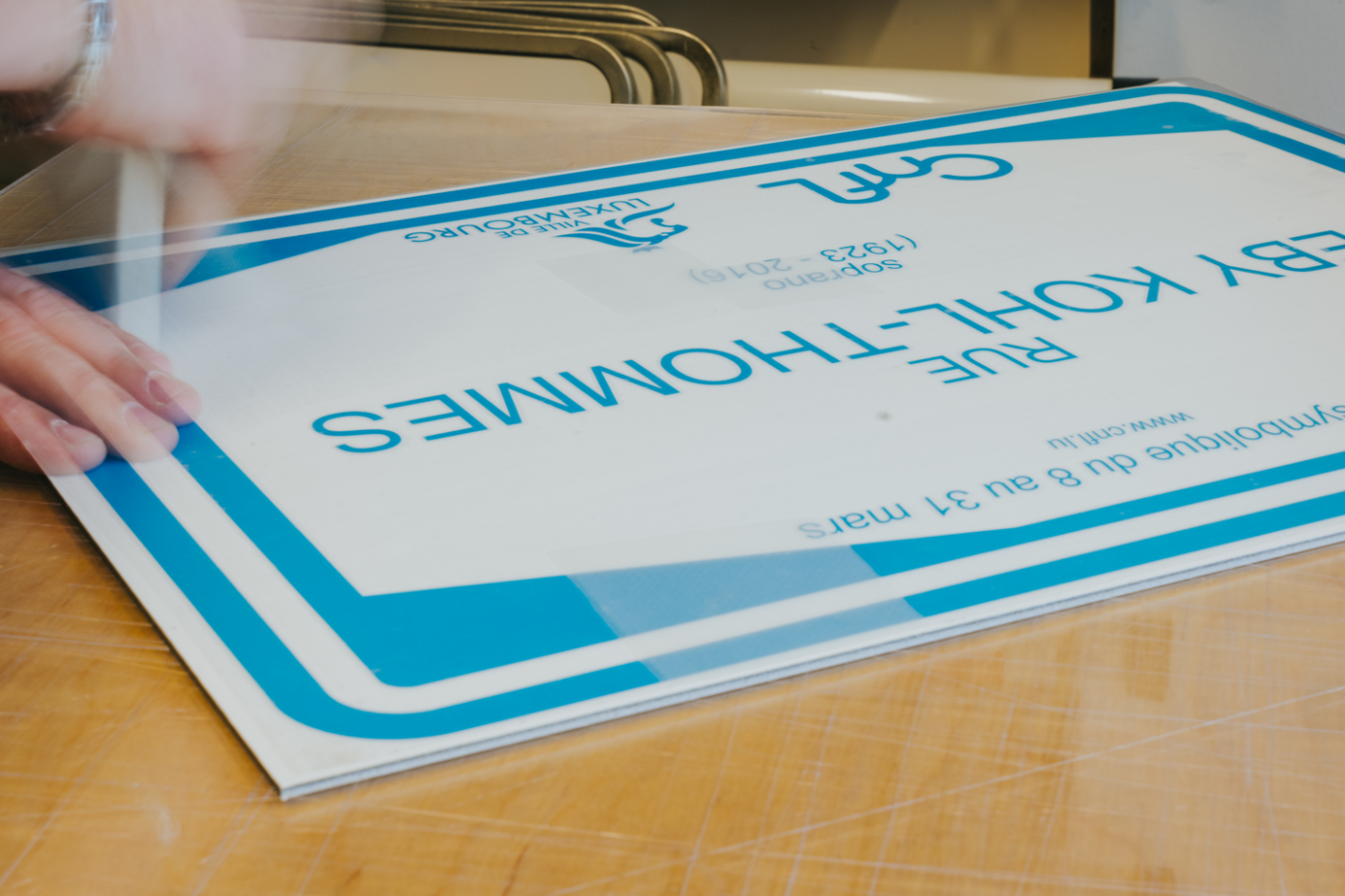
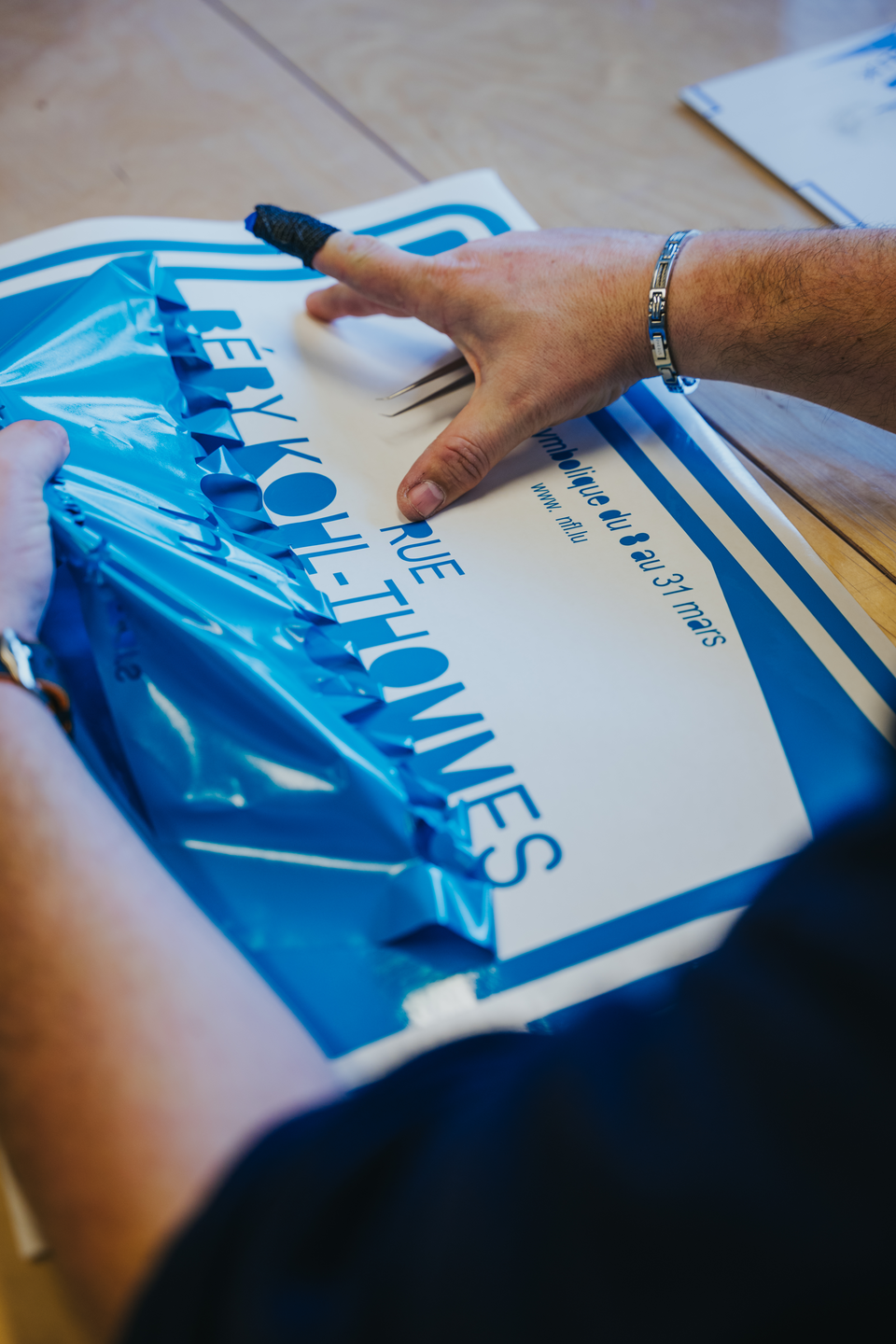
The City of Luxembourg – which is intent on shaping a fairer and more equal society – acknowledges that equality between women and men, and girls and boys, is a fundamental right, and that the many forms of discrimination and obstacles people face must be taken into account to achieve gender equality in all spheres of life. To this end, the City has formulated a multi-year action plan setting out guidelines for the implementation of its policy on gender equality, based on the European Charter for Equality of Women and Men in Local Life. For the day-to-day implementation of this policy, the City is supported by a Gender Equality Officer – whose role is to ensure that the policy is structured and sustainable – and its Commission consultative pour l'égalité entre femmes et hommes (Advisory Committee on Gender Equality).
Organiser(s):
-
Collège des bourgmestre et échevins
- CNFL – National Council of Women of Luxembourg (only in French)
Rue Netty Probst
Netty Probst (1903–1990)
Netty Probst was sworn in as a lawyer in 1927 at the age of 24. When the Supreme Court magistrates refused to admit her to the Luxembourg Bar Association because she was a woman, her colleagues, in a show of solidarity, refused to take their oaths until this stance was reversed.
Netty Probst specialised in matters of divorce – which were rare at the time – and offences committed by women. In 1939, she took up the cause of married schoolteachers. One schoolteacher, who was promptly dismissed after she got married, appealed to the disputes commission of the Council of State (Conseil d'État). Netty Probst defended her. In its ruling of 26 April 1939, the Council of State declared that the dismissal of the schoolteacher was unlawful.
Link
Rue Marcelle Dauphin
Marcelle Dauphin (1893–1976)
Marcelle Dauphin was the first female dentist in Luxembourg. She opened her practice in Rue Notre-Dame in Luxembourg City in 1922. In the Mémorial du Grand-Duché de Luxembourg of 17 February 1940, she appears on the general list of people authorised to exercise a branch of the art of healing or a related profession.
Link
Rue Dr. Louise Welter
Dr Louise Welter (1897–1999)
Louise Welter was born on 15 October 1897. In the course of her training, she took three medical examinations – general medicine, surgery and obstetrics – and earned her medical degree in November 1923. Louise Welter was the first female physician in Luxembourg.
In July 1926, she became the school doctor of Luxembourg City. Because it was a brand-new position, she built the entire system from the ground up. She also introduced lessons in orthopaedic gymnastics to the schools. From normalising vaccination to fighting childhood malnutrition, Louise Welter fought on all fronts.
Link
Rue Marie-Élisabeth d'Autriche
Maria Elisabeth of Austria (1680–1741)
After Prince Eugene stepped down as governor in 1725, the 45-year-old Archduchess Maria Elisabeth of Austria was appointed governor of the Austrian Netherlands, whose seat was in Brussels.
From 1717 to 1797, the Southern Netherlands – whose territory corresponds roughly to modern Belgium and Luxembourg – were part of Austria.
Link
Allée Laure Koster
Laure Koster (1902-1999)
Laure Koster was born in Luxembourg City. She was the first female swimmer to represent Luxembourg in her discipline – the 200 m breaststroke – at the 1924 Paris Olympics, along with Renée Brasseur (backstroke). Laure finished second in the qualifier for the finals, where she finished sixth in a field of 15 international competitors.
After the Olympics, she retired from competitive swimming and embarked upon a career in music as a cellist, pianist and saxophonist. Notably, she played as a movie accompanist, and belonged to the RTL Orchestra.
Boulevard Yvonne Useldinger-Hostert
Boulevard Yvonne Useldinger-Hostert
Yvonne Useldinger-Hostert was a Luxembourgish politician, known for her resistance to Nazism. In 1937, at the age of just 16, she joined the Jeunes Socialistes (Young Socialists) movement and publicly spoke out against Joseph Bech's loi muselière (Muzzle Law) in May of the same year. A year later, she joined the Luxembourg Communist Party.
In 1940, she married a member of the Luxembourg Resistance. In 1941, she was arrested by the Gestapo, but was subsequently released on the grounds of insufficient evidence to sustain a conviction. A year later she was arrested again, along with her family. Pregnant at the time, she gave birth in prison, in Trier. In 1943, she was deported to the Ravensbrück women's concentration camp where she was subjected to forced labour. There, she joined the camp's resistance movement. She documented this period in a diary, which was recovered after the war.
In 1945, along with other women, she founded the Union des Femmes du Luxembourg – UFL (Luxembourg Women's Union), and remained committed to social causes.
Link
Place Marguerite Kellen-Lorang
Marguerite Kellen Lorang (1841-1922)
Marguerite Kellen-Lorang was a pioneering midwife in Luxembourg. She became a midwife in 1862, after studying at the Port-Royal Maternity Hospital. She began teaching midwifery – the art of assisting women in childbirth – in 1868, and offered her students lodgings in her home.
In 1882, there were 21 midwives in Luxembourg City. On account of her marriage in 1872, she missed out on the opportunity to become Senior Midwife at the maternity hospital, but remained dedicated to her profession throughout her life and, in 1919, was one of the founders of the Association luxembourgeoise des sage-femmes (Luxembourg Association of Midwives).
Link
Avenue Emma Weber-Brugmann
Avenue Emma Weber-Brugmann
Emma Weber-Brugmann was born in 1877, and grew up in the Rhine Valley region in Germany. Her father worked for Adolf de Nassau, the future Grand Duke of Luxembourg. After studying at the Ecole normale d’institutrices (Primary School Teacher Training College), she travelled abroad and gained proficiency in French and English before returning to Wiesbaden to take up a position as a teacher. In 1900, she published her first literary work under the pseudonym, Eine Freundin (which translates as "A Friend").
After marrying the writer Batty Weber in 1904, she became actively involved in Luxembourg literary circles. She was one of the co-founders of the Association pour les intérêts de la femme (Association for Women's Interests) in 1906. In 1905, she was elected as president of the Office international pour la protection des jeunes filles (International Office for the Protection of Girls) in Geneva, where she organised the transportation of children to France during the First World War. In 1933, she founded the magazine Die Luxemburgerin with a view to giving voice to women dedicated to their various causes.
She translated several publications from French into German. After her husband's death in 1940, she wrote two books about him.
Link











